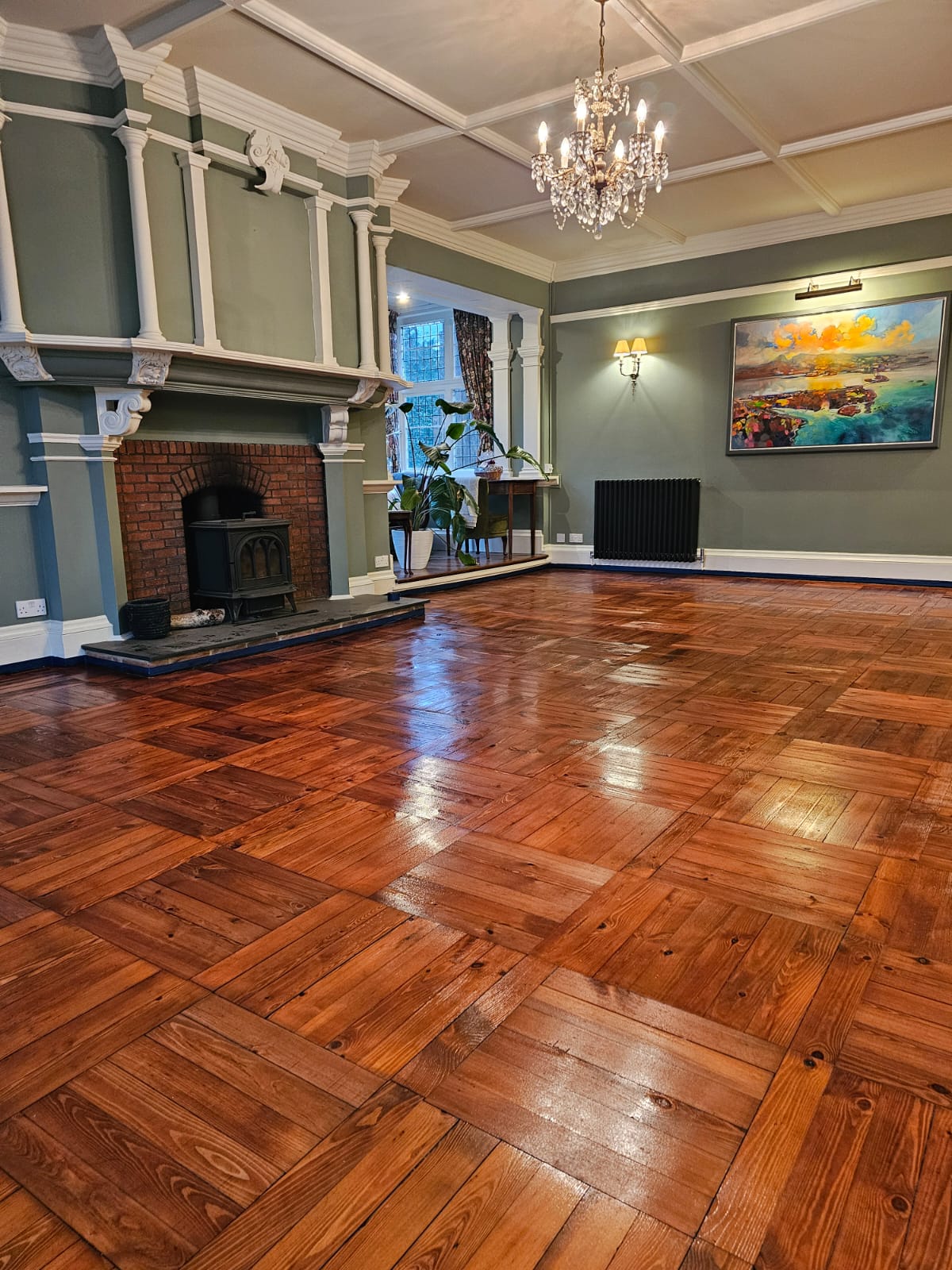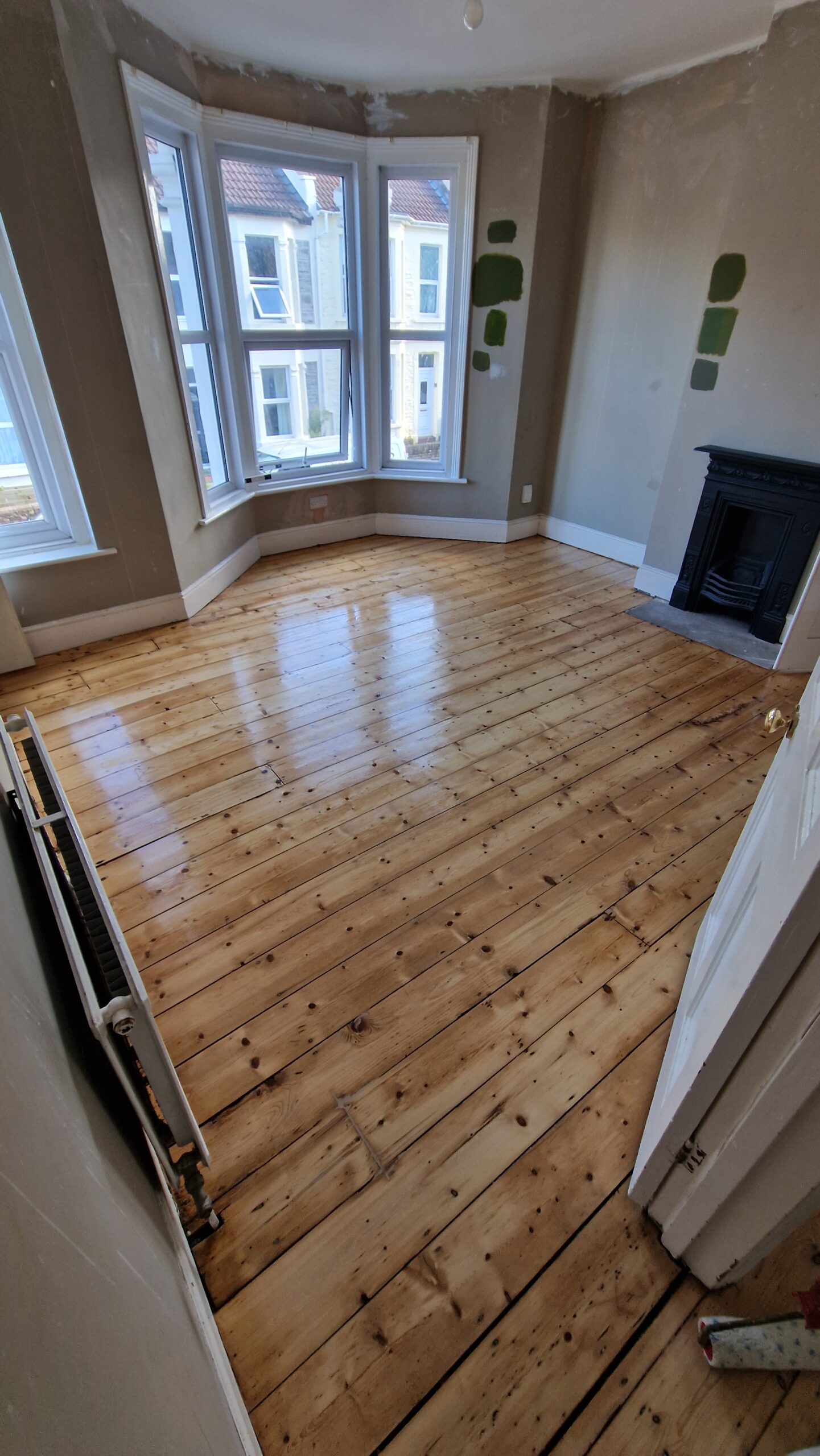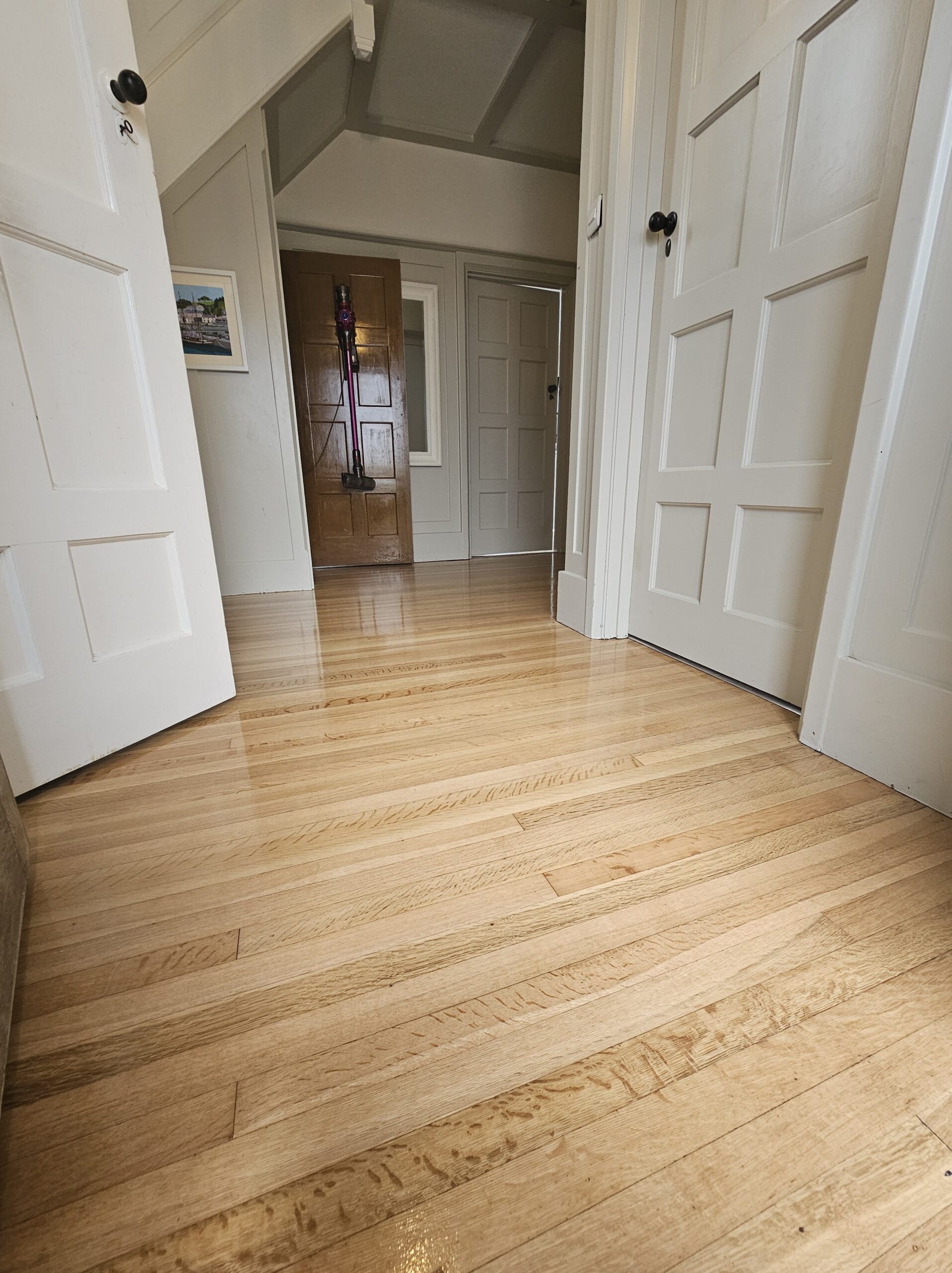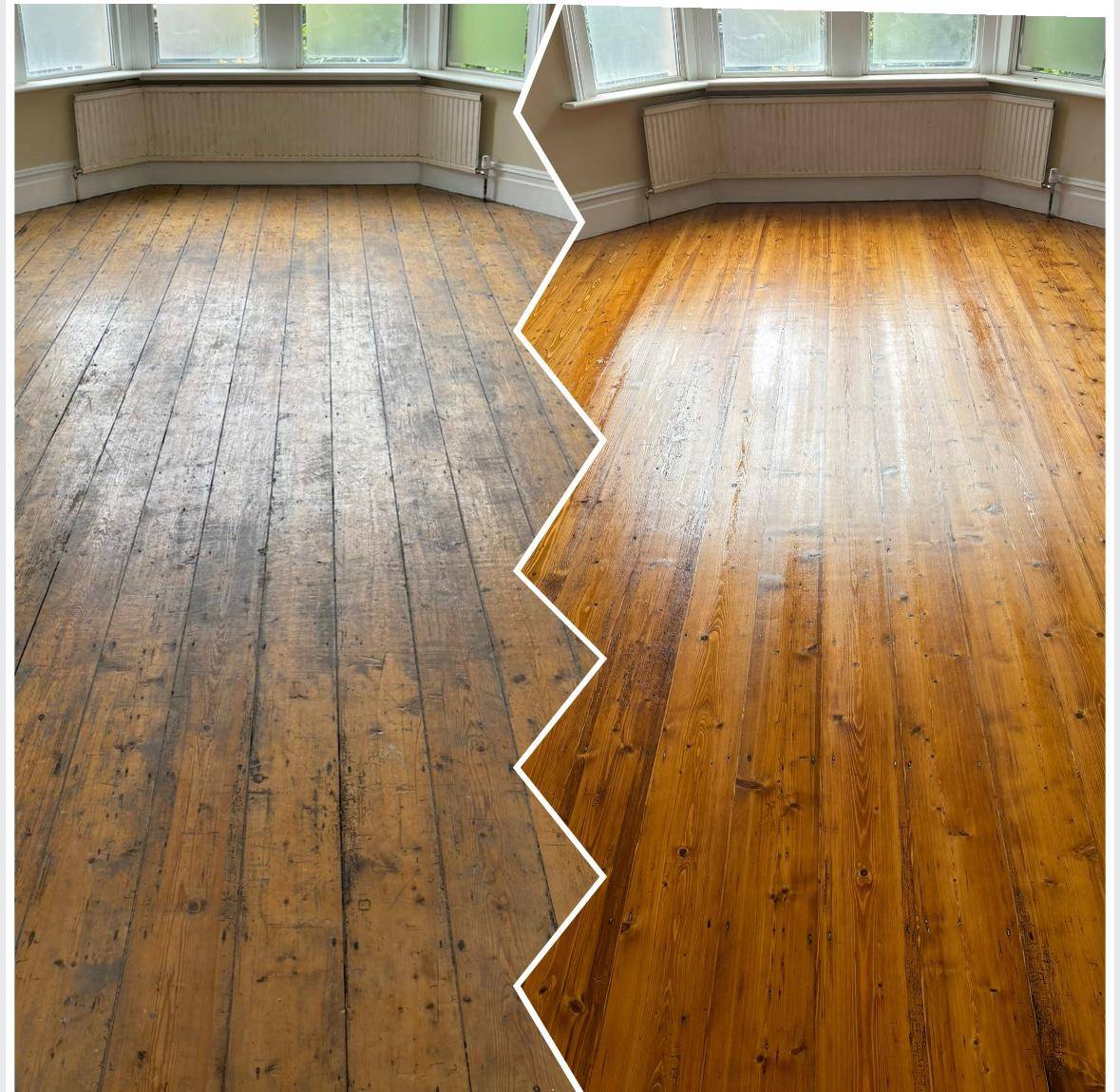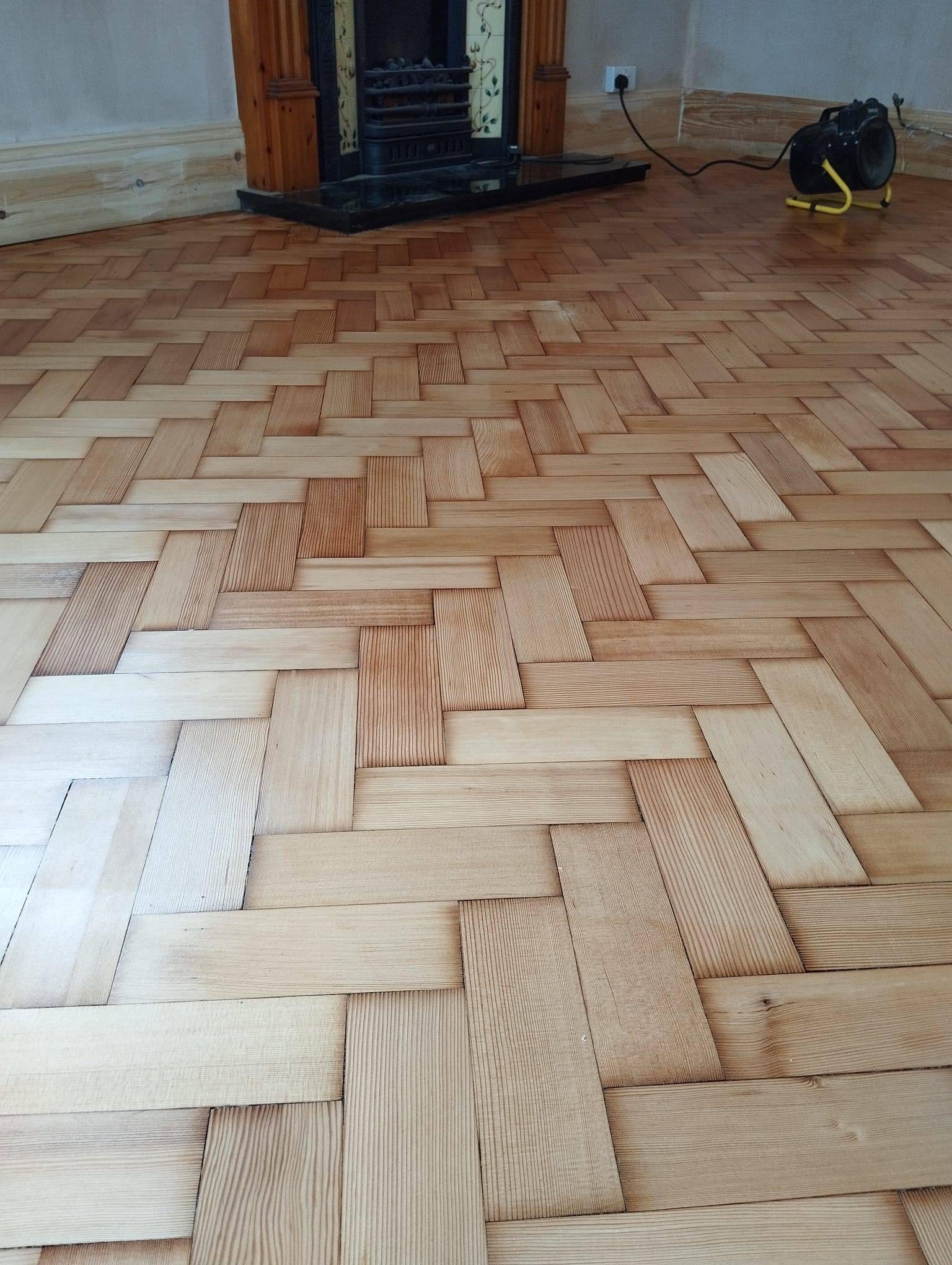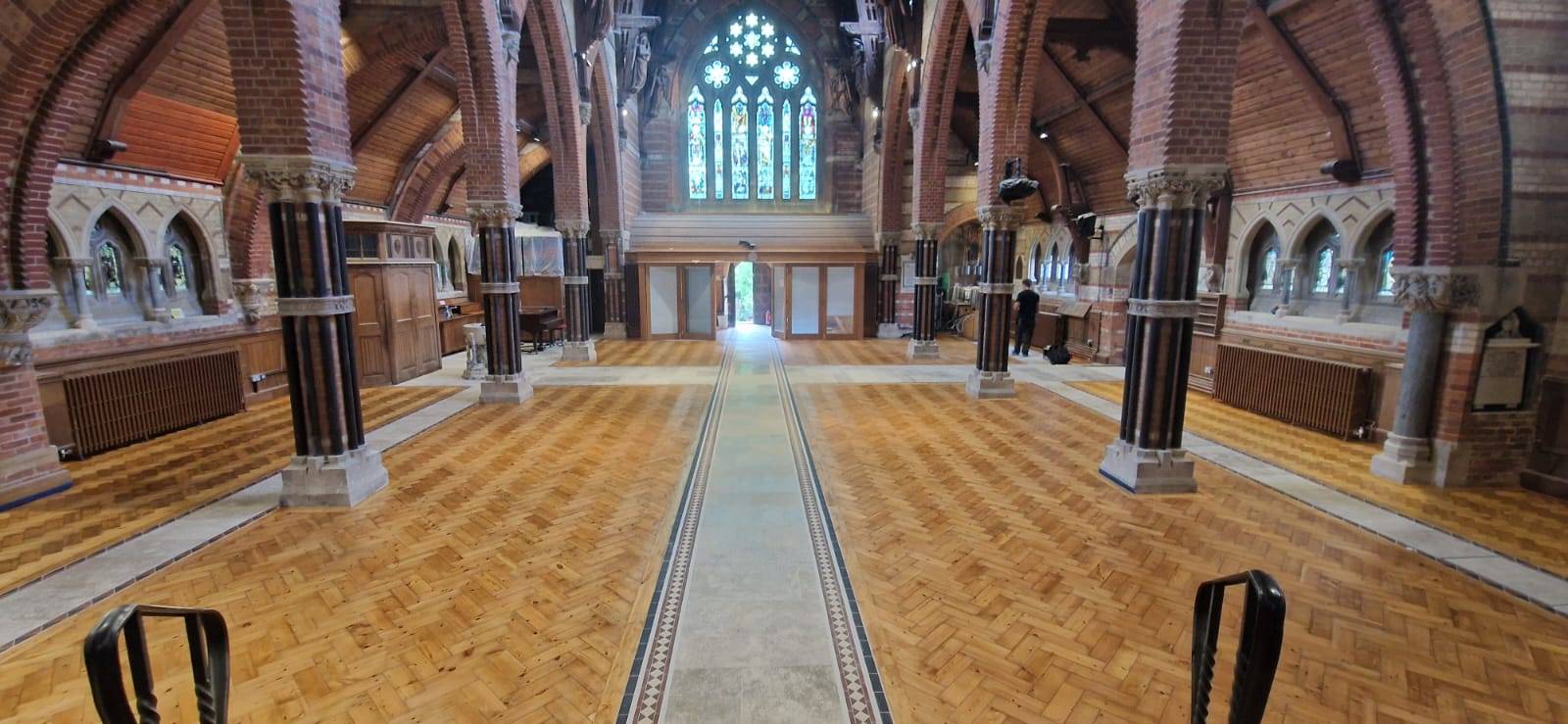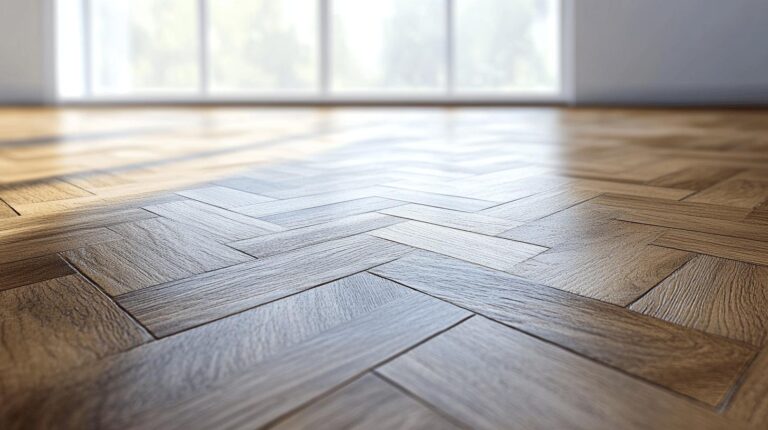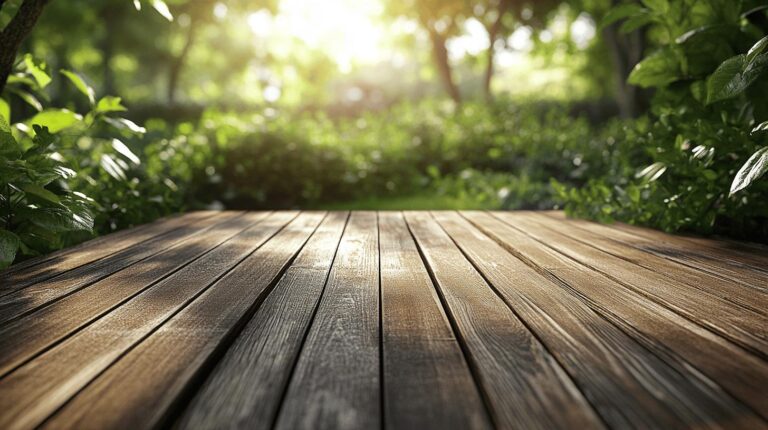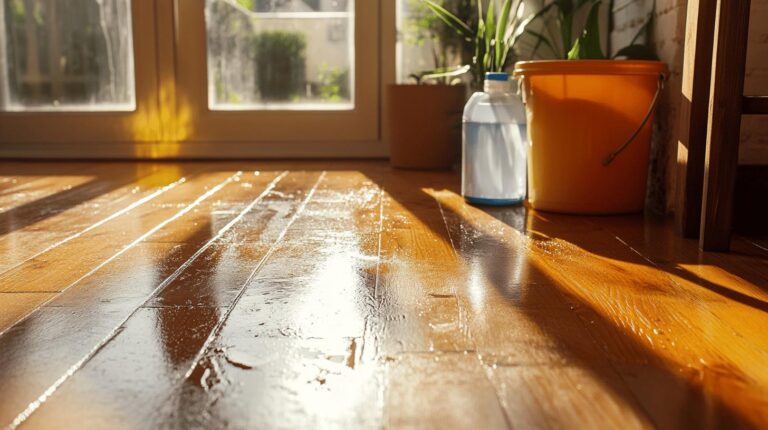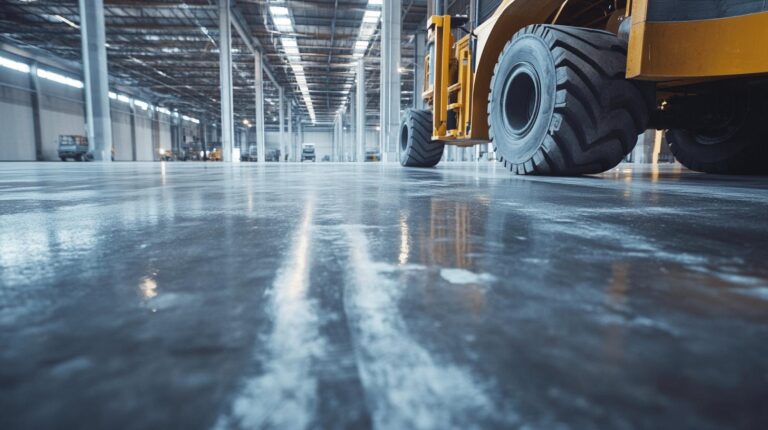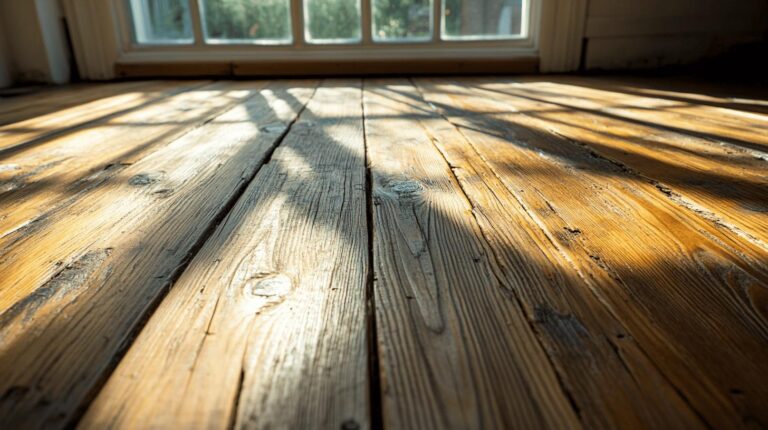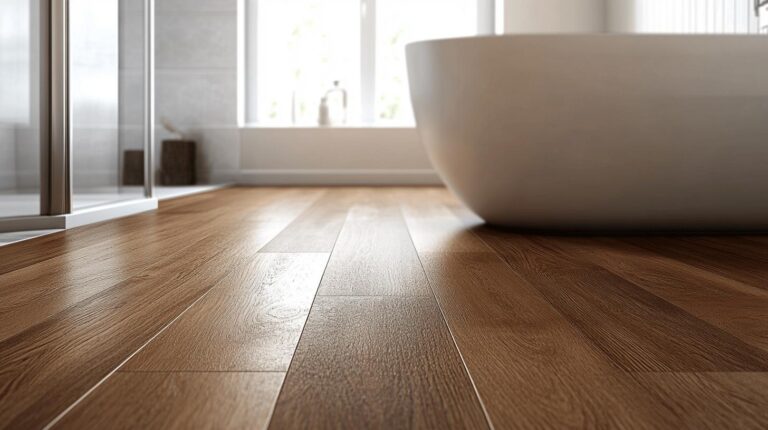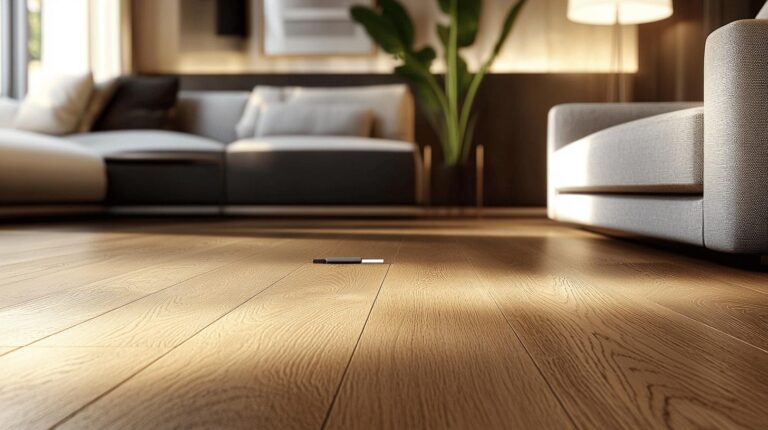Have you ever wondered why those gaps in your wooden floors seem to return, no matter how often they’re filled? Gap filling is not just about aesthetics—it’s a crucial practice to extend the life of your floors and maintain a safe walking surface. In this article, we’ll delve into the world of gap filling, exploring everything from durable resin mixes to eco-friendly timber slivers. Discover how these techniques not only seal gaps but also enhance your home’s beauty and value. Learn which method suits your needs and ensure longevity with professional insights.
Understanding Gap Filling Techniques
Gap filling is an essential component in maintaining the aesthetics and safety of wooden floors. Over time, floorboards can shift and create gaps due to changes in temperature and humidity, leading to potential tripping hazards and unsightly appearances. Filling these gaps is crucial for preserving a seamless, polished look and ensuring the floor remains a safe walking surface. Gaps in wooden floors not only detract from their visual appeal but can also compromise their structural integrity, allowing dirt and moisture to accumulate and cause damage. By addressing these gaps, one can extend the lifespan of wooden floors, maintaining both their beauty and functionality.
Various types of fillers are utilised in the gap filling process, each suited for different needs and preferences. Resin mixes are popular for their durability and ability to withstand heavy foot traffic. Timber slivers, particularly reclaimed pine slivers, provide an eco-friendly option that blends naturally with existing floorboards. Flexible fillers offer versatility for a range of gap sizes and flooring materials. Each type of filler has its unique benefits and applications, allowing for tailored solutions to meet specific flooring requirements. By selecting the appropriate filler, one can achieve a long-lasting and visually pleasing finish, enhancing both the appearance and safety of wooden floors.
Resin Mixes: A Durable Gap Filling Solution
Resin mixes serve as a robust solution for filling gaps in wooden floors, known for their ability to withstand substantial foot traffic without deteriorating quickly. The inherent properties of resins make them an ideal choice for high-traffic areas where durability is paramount. Resins, when applied correctly, create a hard-wearing surface that not only fills gaps effectively but also complements the existing wood finish. Their application is versatile, suiting various gap sizes and shapes, ensuring a uniform and polished appearance. This adaptability makes resin mixes a preferred choice for both residential and commercial environments where long-lasting solutions are essential.
The process of mixing resins with sawdust enhances the filling’s strength and visual appeal. By combining resin with fine wood dust collected from the same type of wood flooring, the filler achieves a seamless integration with the surrounding boards. This method allows the resin mix to mimic the wood’s natural grain, resulting in a blend that appears nearly indistinguishable from the original material. The sawdust not only contributes to the aesthetic continuity but also fortifies the filler, providing additional structural integrity. This synergy between resin and sawdust results in a gap-filling solution that is both practical and visually harmonious.
- High durability: Withstands heavy foot traffic and wear.
- Seamless finish: Integrates smoothly into existing flooring.
- Versatile application: Suitable for various gap sizes and floor types.
- Enhanced strength: Sawdust mixture adds structural integrity.
- Aesthetic continuity: Mimics the natural grain of wooden floors.
.
Despite their advantages, there are potential challenges when using resin mixes. One consideration is the requirement for precise application to ensure optimal adhesion and appearance. Incorrect mixing ratios or inadequate preparation of the gap can lead to suboptimal results. Additionally, the curing time for resin mixes can vary, necessitating careful planning to avoid premature use of the floor. While these challenges exist, they can be mitigated through skilled application and adherence to best practices, ensuring that resin mixes remain a reliable and effective solution for gap filling.
Timber Slivers: An Eco-Friendly Alternative
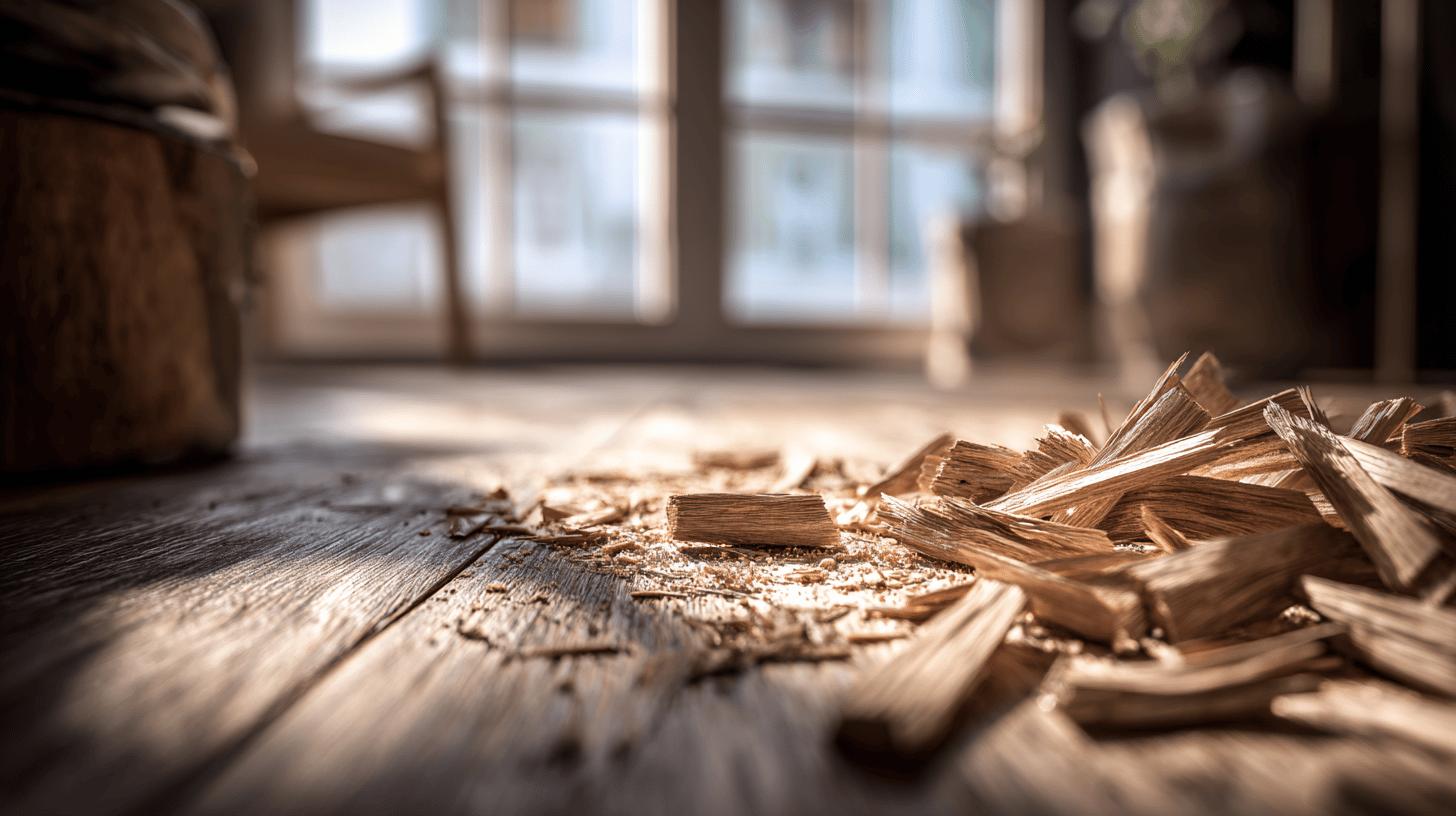
Timber slivers represent an eco-friendly option for gap filling, particularly favoured for their sustainability and aesthetic compatibility with existing wooden floors. These slivers, often crafted from reclaimed pine, are slender slices of wood inserted into gaps between floorboards. Their primary advantage lies in their ability to seamlessly blend with the natural grain and hue of the surrounding boards. This quality ensures that the filled gaps do not stand out, maintaining the floor’s overall visual coherence. Timber slivers are especially beneficial in older homes where maintaining historical authenticity is a priority, as they preserve the traditional appearance of wooden flooring. By utilising reclaimed timber, this method also supports environmental sustainability, reducing the need for new materials and minimising waste.
- Sustainability: Utilises reclaimed wood, reducing environmental impact.
- Natural blending: Matches the existing wood grain and colour for a seamless look.
- Aesthetic preservation: Maintains the historical and traditional appearance of floors.
- Eco-friendly choice: Reduces reliance on synthetic materials and supports sustainable practices.
.
While timber slivers offer numerous benefits, there are practical considerations to bear in mind. Their application requires precision and skill, as improperly fitted slivers can become loose or misaligned over time. Additionally, the process can be more labour-intensive than using synthetic fillers, impacting both time and cost.
However, for those prioritising environmental concerns and the natural beauty of their wooden floors, the advantages of timber slivers often outweigh these limitations. By choosing timber slivers, homeowners can achieve a durable and visually pleasing floor finish that aligns with sustainable living principles.
Professional vs DIY Gap Filling Methods
For those considering floor restoration, professional gap filling offers a level of precision and craftsmanship that ensures a high-quality finish. Professional services are equipped with the necessary tools and expertise to address even the most challenging flooring issues. Craftsmen bring years of experience, enabling them to select the appropriate materials and techniques tailored to each unique floor. This meticulous approach not only enhances the aesthetic appeal of the flooring but also guarantees long-lasting results. By using advanced equipment and products, professionals can deliver a seamless finish that maintains the structural integrity and beauty of the wooden floors.
Conversely, DIY gap filling methods can be an appealing option for those on a budget or with a penchant for hands-on projects. DIY approaches are cost-effective, providing the opportunity to save on labour costs and potentially learn new skills. Accessibility to various gap filling products at local hardware stores makes it easier for homeowners to undertake these projects themselves. However, DIY methods may lack the precision and durability of professional services. The risk of improper application or material selection can lead to subpar results, requiring further repairs or professional intervention later.
| Factor | Professional Gap Filling | DIY Gap Filling |
|---|---|---|
| Cost | Higher, due to labour and expertise | Lower, mostly material costs |
| Expertise | High, with trained professionals | Varies, depending on personal skill |
| Durability | Long-lasting, due to quality application | Variable, potentially less durable |
Choosing between professional and DIY gap filling methods depends on individual needs and circumstances. Professional services are ideal for those seeking a flawless finish and long-term durability, especially in high-traffic or historically significant areas. DIY options suit those who enjoy tackling home projects and are willing to invest the time to achieve satisfactory results. Carefully weighing these factors will help in making an informed decision that aligns with specific goals and budget constraints.
Tools and Preparation for Effective Gap Filling
To ensure a successful gap filling process, proper surface preparation is crucial. The first step involves thoroughly cleaning the area to remove any dust, dirt, or debris. Why is cleaning important? Cleaning ensures proper adhesion and a smooth finish for the filler. After cleaning, sanding the affected area is necessary to create an even surface. Virtually dust-free sanding can be achieved using continuous belt machinery equipped with mobile extraction units, which not only prepares the surface but also contributes to a safer working environment by minimizing airborne particles.
Equipping oneself with the right tools is essential for effective gap filling. Sanding equipment, such as orbital sanders or belt sanders, is indispensable for preparing the floor surface. Filler applicators, including putty knives or trowels, are required to apply the selected filler smoothly and evenly. For those using resin mixes, mixing containers and sticks are necessary to blend the resin with sawdust or other materials. Additionally, personal protective equipment (PPE) like gloves, goggles, and dust masks should be worn to ensure safety during the process.
- Always wear appropriate safety gear, including masks and goggles.
- Ensure the floor is clean and dry for optimal filler adhesion.
- Use sanding equipment with dust extraction to maintain a clean workspace.
.
Maintenance and Longevity of Gap Fills
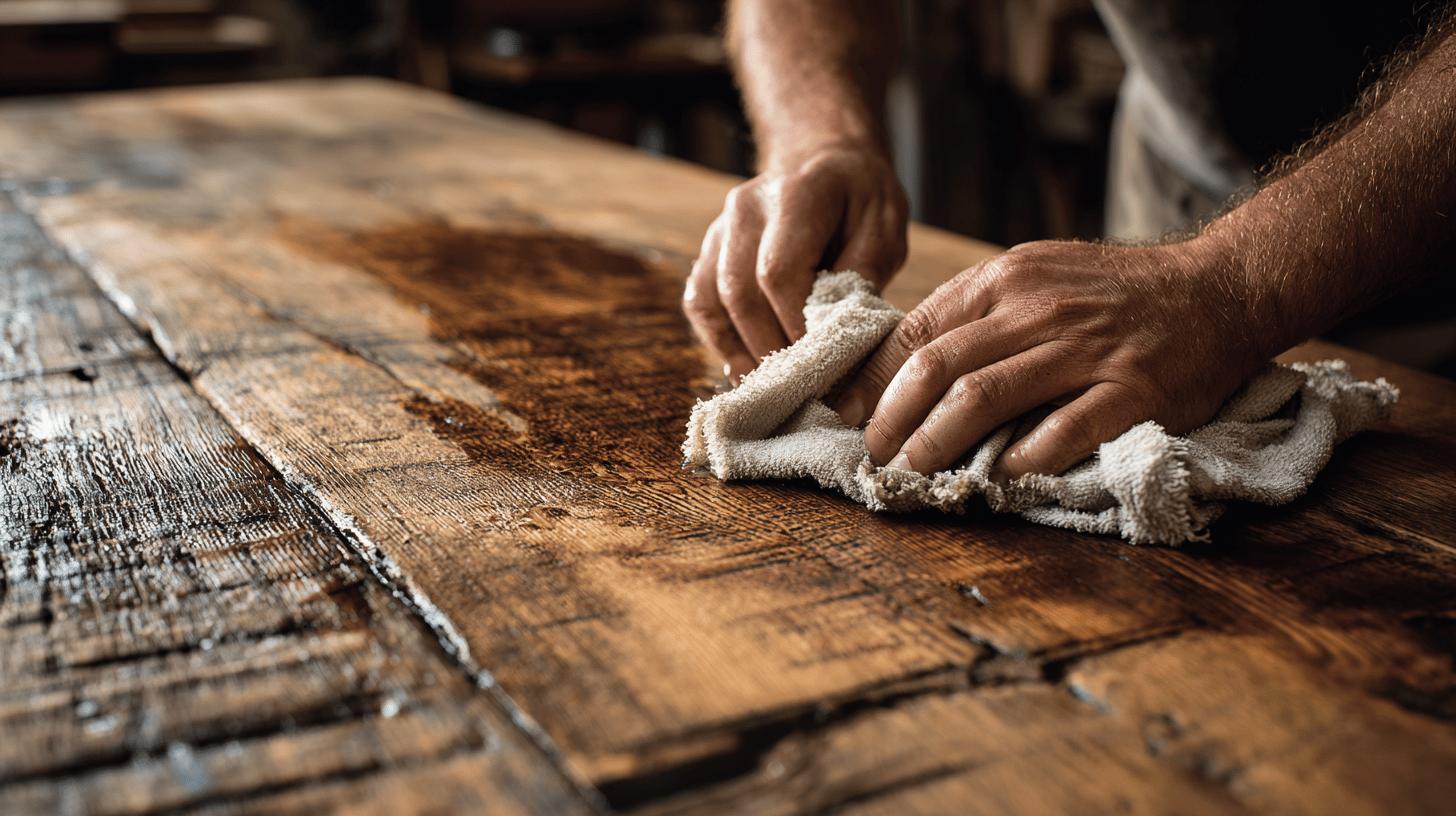
Regular maintenance is essential for preserving the integrity and appearance of gap fills in wooden floors. Without consistent care, even expertly filled gaps can deteriorate over time, leading to a compromised aesthetic and potential structural issues. Routine cleaning and inspection are vital to identify any early signs of wear or damage, allowing for prompt intervention. These practices not only maintain the visual appeal of the floor but also extend the life of the repairs, ensuring that the investment in gap filling continues to pay off.
- Clean the floor frequently to remove dust and debris, preventing abrasion and discolouration.
- Apply oil periodically to enhance the wood’s natural beauty and provide additional moisture resistance.
- Use wax to create a protective barrier that adds a soft sheen and helps prevent wear.
- Inspect the filled gaps regularly for any signs of cracking or loosening, addressing issues promptly to avoid further damage.
.
The expected lifespan of gap fills varies depending on the type of filler used and the level of maintenance performed. Resin mixes typically offer a long-lasting solution due to their durability, especially when combined with sawdust for a seamless finish. Timber slivers, while providing an eco-friendly option, may require more frequent attention to ensure they remain secure and visually integrated. Ultimately, diligent maintenance practices significantly enhance the longevity of gap fills, ensuring that wooden floors remain both beautiful and functional over time.
Final Words
In the intricate science of gap filling, one learns about myriad solutions from resin mixes to timber slivers, each adding to the longevity and aesthetics of wooden floors. Gap filling isn’t just about sealing spaces—it’s about enhancing the safety and appearance of floors.
Resin mixes offer durability, while timber slivers provide eco-friendly charm. The choice between professional expertise or DIY offers flexibility, though preparation and maintenance remain crucial for success.
With thorough understanding and care, the benefits of gap filling explained ensure beautiful, resilient floors that stand the test of time.
Seal those gaps → Gap Filling Service
FAQ
What are pine and floorboard slivers used for?
Pine and floorboard slivers are used to fill gaps between floorboards, providing an eco-friendly solution that blends naturally with existing wood surfaces.
How do you fill gaps in timber floorboards?
To fill gaps in timber floorboards, apply a gap filler such as resin mixes or timber slivers. Clean the area first, then apply the filler evenly to create a seamless finish.
What is the best filler for gaps between floorboards?
The best filler depends on specific needs; resin mixes are durable for high traffic, while timber slivers offer a natural aesthetic. Evaluate based on traffic levels and desired finish.
How do you fill gaps between Victorian and pine floorboards?
Filling gaps in Victorian and pine floorboards can be done using resin mixes or timber slivers. Cleaning the gaps before filling ensures better adhesion and a longer-lasting solution.

